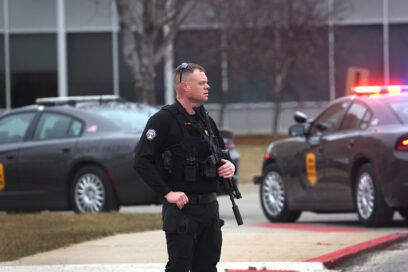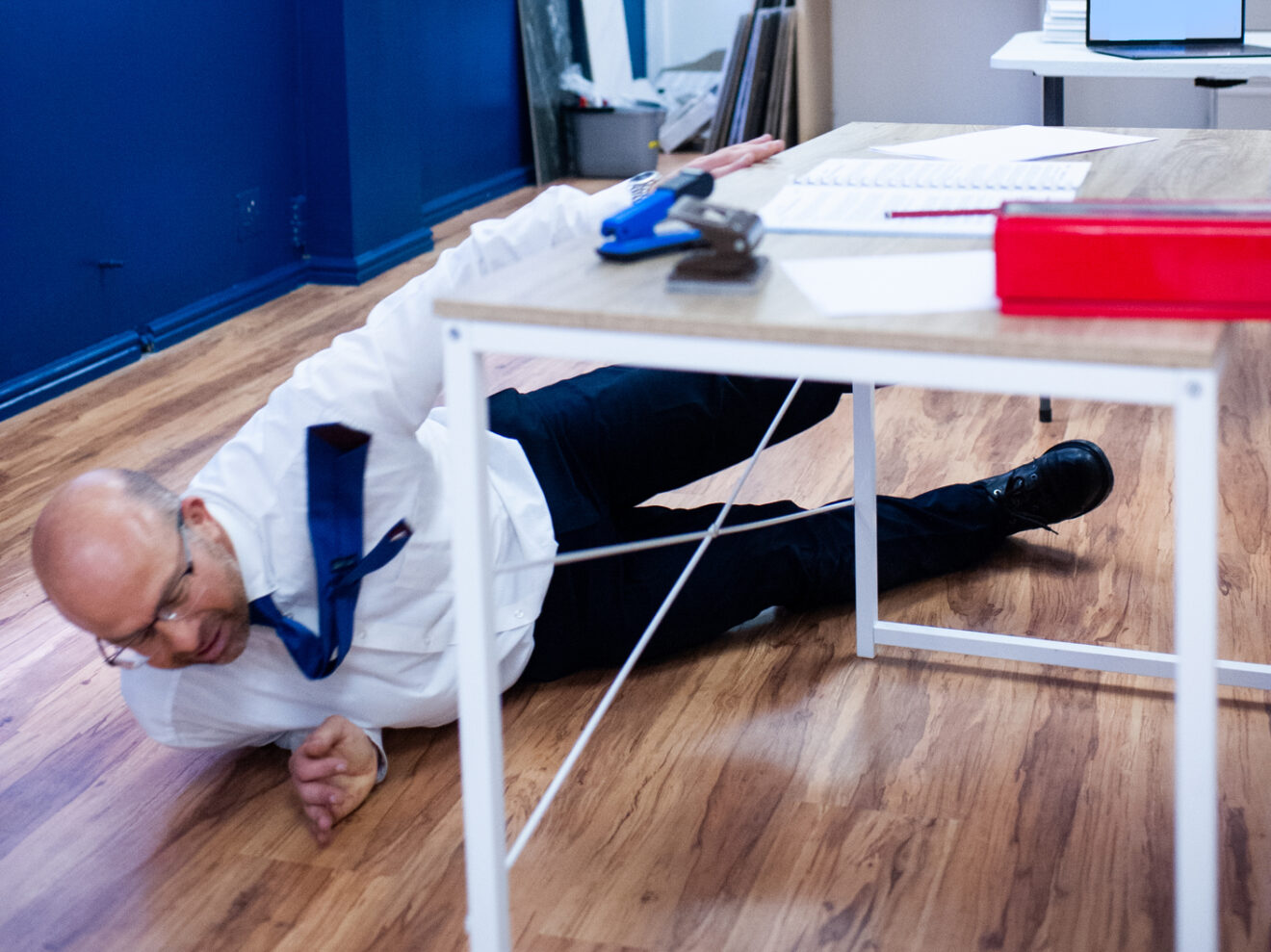When extreme school safety incidents occur, one thing remains true — time saves lives, and every moment is critical. As the deputy superintendent of Yakima School District in Washington, I have seen firsthand how school safety incidents can directly impact students’ and staff’s achievement and overall well-being. Creating and implementing a safety plan — from everyday incidents to the most extreme — is crucial for student and staff well-being and achievement.
I have worked closely with local law enforcement, safety professionals, district leaders and educators to develop a multilayered safety plan that protects students and staff every day. We have established many safety protocols and solutions to protect all students and staff while on school grounds, including an anonymous tip app for parents, students and staff; cameras throughout each building; and fencing around campuses, among other preventative measures.
Time is the most critical factor when it comes to responding to an adverse incident, with a particular focus on three crucial aspects: identification, notification and response. The ability to reduce the time spent in each of those areas is key to mitigating the severity and improving the outcome.

Identification time
In a K-12 environment, it is vital for all staff members to rapidly and discreetly signal the presence of an emergency. Educating, training and empowering staff to take decisive action is crucial, as hesitation can be detrimental. A comprehensive safety tool that’s operational regardless of Wi-Fi or cellular connectivity can enable staff to respond rapidly to critical situations. For instance, in the event of an armed intruder, the ability of any staff member to initiate an emergency alert and trigger a campuswide lockdown can significantly reduce response time.
In response to incidents of all kinds, but especially the most extreme, school staff should be empowered to initiate an alert for help. It is also important that the school safety plan, including all of its protocols and solutions, be understood by all staff members, be highly reliable and be intuitive to use.
Notification time
Once an emergency notification is sent, a designated on-site response team — staff members who are assigned to respond to emergencies within their proximity — should immediately know what to do and where to go. While everyone on campus plays a vital role in promoting overall school safety, having specific on-site response teams who can act during an emergency can be very helpful, especially in emergency situations when it’s natural to assume that someone else is responding. If done effectively, notification steps should reduce human error and delays.
In spring 2022, our district experienced an emergency incident: One of our school counselors had a heart attack while alone in her locked office.
When the counselor lost consciousness, she slid out of her chair to the floor behind her desk, where she was no longer visible to anyone passing by her office door. Since her office was also locked, hours could have passed before someone would have become aware of the situation.
Thankfully, before she lost consciousness, she was able to send an alert for help through the use of a wearable badge that we had recently implemented. As a result, staff and security knew immediately where help was needed, as our enhanced safety system, which includes mapping features, enabled our staff to respond with speed, access the locked office and call 911, ultimately saving her life. If it wasn’t for her notification through the badge, individuals walking by her office would not have noticed her. Luckily, the safety solution provided responders with her exact location on the campus map. The rapid response saved her life.

Response time
Response time refers to how quickly people can take appropriate action in an emergency. Human response during times of crisis can be unpredictable, so education, training, comfort and confidence in safety procedures are important. Tackling these before an incident can greatly improve response time — and minimize errors.
Before implementing Centegix’s wearable badge system, my district experienced the unthinkable: a school shooting. The lessons learned from this unfortunate incident prompted us to reevaluate our safety plan and protocols. That process led the district to adopt the new safety solution of a wearable badge.
During this school shooting, one of our staff members attempted to notify all staff, students and local law enforcement of the incident and the location through our previous safety system, a phone-based app. However, this system misdirected students and staff, leading them closer to the incident and exacerbating the chaos. This experience underscored the pivotal role response time plays in emergencies. In addition to identifying the distinct location of the school shooting on the campus, the responders now had the additional task of directing students and staff out of harm’s way.
After the situation was de-escalated, our leadership team looked back on what went wrong and how they could make improvements to prevent another similar situation. We realized how vital it is to have real-time location information to indicate where an incident is taking place.
We knew that something needed to change. That mobile phone-based app had low staff adoption rates, making it far less effective. For a safety plan to work, everyone must take responsibility.
After that incident, we identified gaps in our safety plan and made it a priority to find protocols, best practices and solutions, such as wearable safety badges, to close those gaps and reduce response time. We needed a plan that was multilayered and easy to implement while under duress.
In hindsight, a solution with real-time location information could have prevented students and staff from traveling closer to the scene of the incident. Instead of approaching the wrong area, they’d have been guided to areas of safety, avoiding unnecessary risks and allowing a faster response.
These experiences highlight the return on investment in creating a comprehensive safety plan for every school campus. As the prevalence of school-related incidents continues to rise, exploring innovative ways to protect students and staff is imperative to prevent the unthinkable from happening.
Opinions expressed by SmartBrief contributors are their own.
_________________________
Subscribe to SmartBrief’s FREE email newsletter to see the latest hot topics on edtech. It’s among SmartBrief’s more than 250 industry-focused newsletters.
